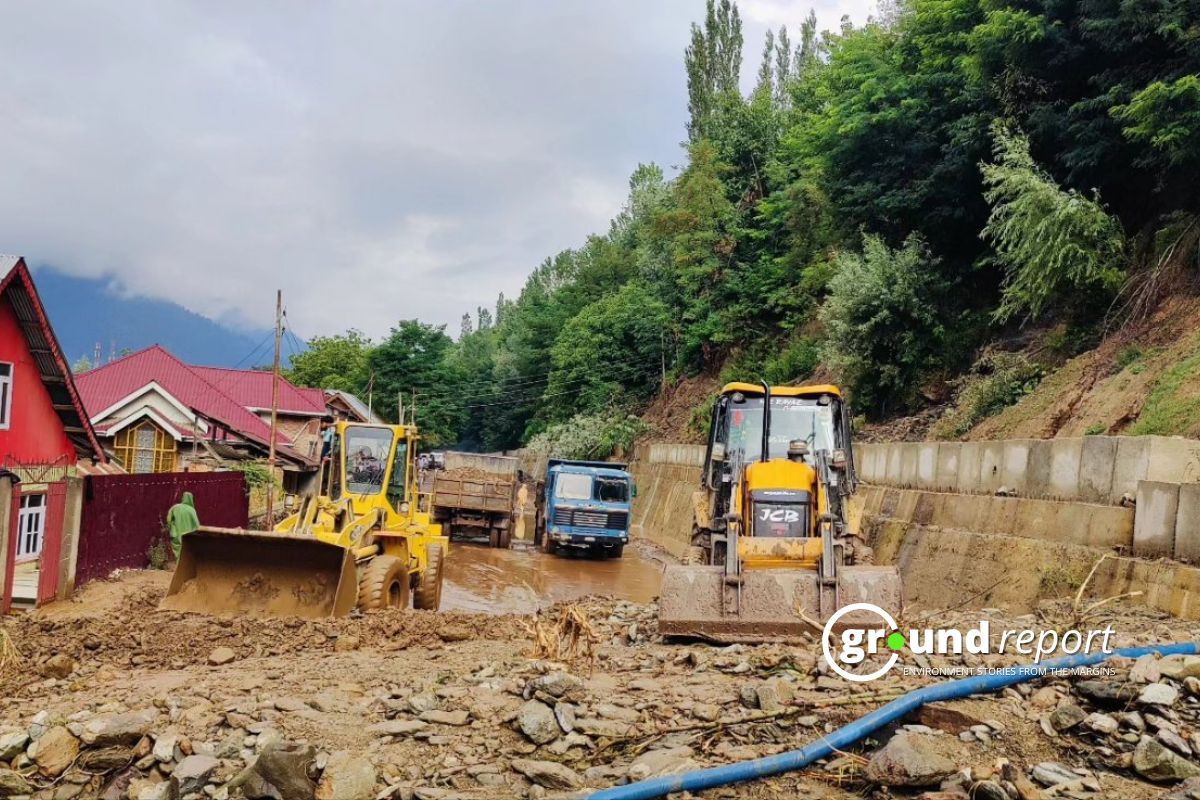China’s Capabuses, introduced in 2005, have started catching global interest in 2024. These electric buses use supercapacitors instead of traditional batteries, allowing them to recharge in seconds at bus stops, rather than waiting for long hours. This has led to a wider adoption of the technology in cities worldwide.
The Capabus system works by using a connector on the bus roof that charges from an overhead line at bus stops. In just a few seconds, enough energy is stored to run the bus for a few more kilometers. Some models can cover 3 to 30 kilometers on a single charge, with terminal stations providing a full charge.
The advantage of supercapacitors lies in their quick charging and long life—lasting up to 20 years. While they can’t store as much energy as lithium-ion batteries, they are ideal for city buses that frequently stop and don’t need long ranges. Supercapacitors also recover energy during braking, making buses more efficient.
What is China’s Capabus?
Capabuses are electric buses that use supercapacitors instead of traditional batteries. This allows the buses to recharge quickly at bus stops in just a few seconds, rather than waiting for hours. They can travel 3 to 30 kilometers on a single charge, depending on the model, and they get a full charge at terminal stations.
The buses use overhead connectors to charge during short stops. This quick-charging system makes Capabuses ideal for busy city routes with frequent stops. The supercapacitors also recover energy when the bus brakes, making the buses more efficient.
Why is it important?
Capabuses make electric public transport more practical in cities. They solve common issues like long charging times and limited range. Since they charge quickly at bus stops, they can operate more effectively in urban areas with heavy traffic and frequent stops.
This is a big step forward because it reduces the need for private cars, cutting down on traffic congestion. It also helps reduce the use of fossil fuels and lowers emissions, making public transport cleaner. As cities work to reduce their carbon footprints, Capabuses play a key role in making urban transport more sustainable.
How is it good for the environment?
Capabuses provide several environmental benefits:
-
Zero emissions: They produce no emissions while running. Unlike diesel buses, they don’t release CO2 or other pollutants into the air.
-
Less noise: Capabuses are much quieter than diesel buses, reducing noise pollution in cities.
-
Energy efficiency: Supercapacitors recover energy when the bus brakes, reducing the need for extra power and helping conserve resources.
-
Recyclable components: Supercapacitors are made from carbon, which is easier to recycle compared to the rare minerals in traditional batteries.
These benefits reduce greenhouse gas emissions and improve air quality in urban areas, making Capabuses a cleaner option for cities.
Experience
Shanghai launched the first Capabus routes in 2005 with two buses. Since then, the technology has spread across China to more than 30 cities. Early models faced issues like overheating, but these were fixed over time. Today, Capabuses are reliable and widely used.
Other countries, including Bulgaria, Serbia, and Austria, have adopted the technology for shorter routes. The quick-charging system is praised for reducing downtime, and these buses cost less to run than diesel buses, making them attractive to city planners and transport authorities.
In Milan, Van Hool has introduced a similar system in their trolleybuses. These buses use supercapacitors to recover energy during braking. The ZeroFilo-Bus is a wire-free version of the trolleybus, powered by supercapacitors that eliminate the need for overhead wires.
Capabuses are changing the game in public transport. They offer a cleaner, more efficient, and cheaper alternative to diesel buses. With their quick-charging and environmental benefits, they have already gained popularity in China and are spreading to Europe. As cities move toward greener transport, Capabuses will play an important role in shaping the future of urban mobility.
Support us to keep independent environmental journalism alive in India.
Keep Reading
The costliest water from Narmada is putting a financial burden on Indore
Indore’s Ramsar site Sirpur has an STP constructed almost on the lake
Indore Reviving Historic Lakes to Combat Water Crisis, Hurdles Remain
Indore’s residential society saves Rs 5 lakh a month, through rainwater harvesting
Follow Ground Report on X, Instagram and Facebook for environmental and underreported stories from the margins. Give us feedback on our email id greport2018@gmail.com.
Don’t forget to Subscribe to our weekly newsletter, Join our community on WhatsApp, and Follow our YouTube Channel for video stories.






